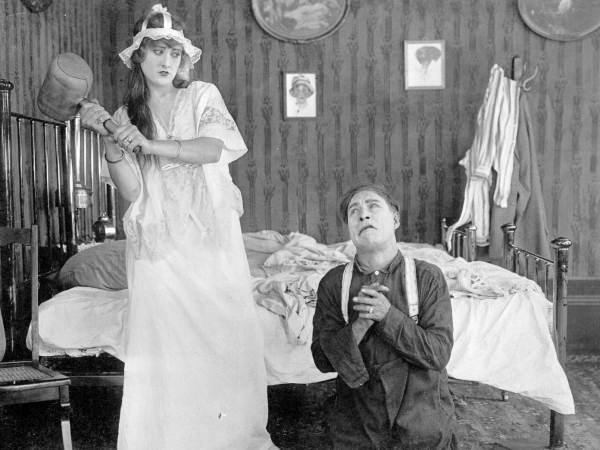I have been immersing myself in digital marketing lately (mostly content creation for social media, blogs, email newsletters, and web pages). When I get into it, I really get into it. So much so that I have noticed that when I get interrupted writing, my reaction is very much like my son when I tell him to pause his Playstation game to eat his dinner. It is what I call the “Wait..What?” response. When it happens, I usually just need to ask a few simple questions, get a few basic answers and then I immerse myself in the new topic. However, it did get me thinking about my reaction.
I used to watch actors work every day in a previous career. They would come into a rehearsal room all self-conscious and awkward, and then proceed to strip away all their assumptions until they could inhabit a character. It usually took them a few weeks to do this but when it was done, once the actor went on stage you could not see where they ended and the new character began.
Digital Marketing is similar. We work with brands, and what are they but the human personification of organisations? We work with characters, or personas. Like actors, we have to figure out what motivates them. What is their purpose in each different situation? When digital works well, it feels natural and authentic. The language is a natural fit. We trust what it shows us, even though deep down we know that it is fleeting and created.
The Digital World is actually a lot like theatre. They both create virtual spaces where the normal rules do not apply. They are both dependent on technical folk who never see the light of day until the project is done or the coffee runs out. Theatre has sets and lights to create the space. The Digital World has wireframes and pixels. Theatre has that constant tension between art and bums on seats. We are torn between design and traffic. They make connections. We make links.
Like all good theatre shows, digital is very rarely the result of just one person. It needs a lot of input and collaboration. How other people see the character is important. Decisions about emphasis are crucial. There is nothing worse than a brand that forgets its passion and just starts selling. It is forced and wooden and amateurish. During the rehearsal process, actors have to put the characters on the floor. They take them off the page and get them moving about, trying different things. There is a culture of trying and experimenting and failing harder that creates the magic in theatre. They use the rehearsal room because they understand that allowing people to show vulnerability creates something stronger.
Something similar happens on the digital stage. The best companies break the rules. As a Twitter friend of mine said recently, there is no template for a spark. There might not be, but we can create conditions where the spark has a good chance of catching fire. Apply pressure. Add friction or conflict. Ensure there is plenty of oxygen. Then drag your material across the same surface repeatedly and see what happens. It works for me.




